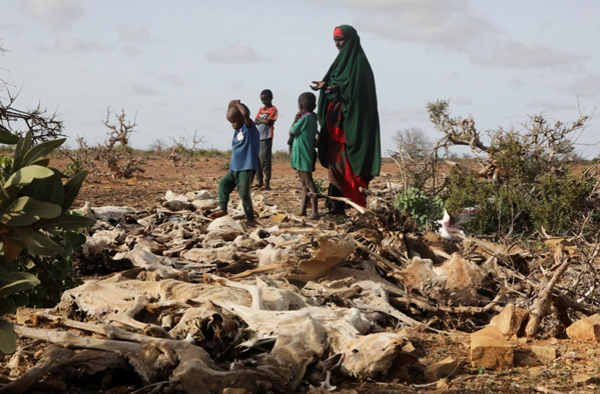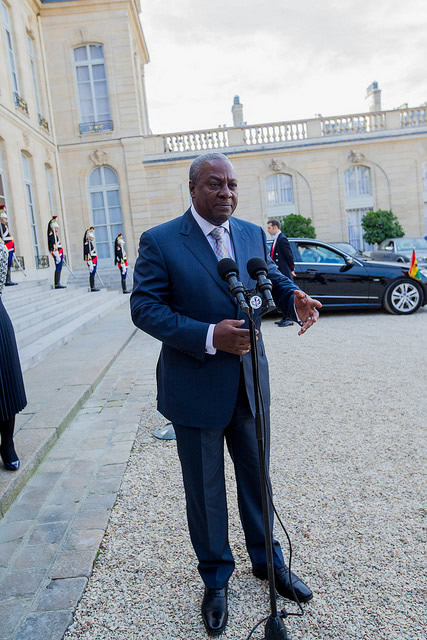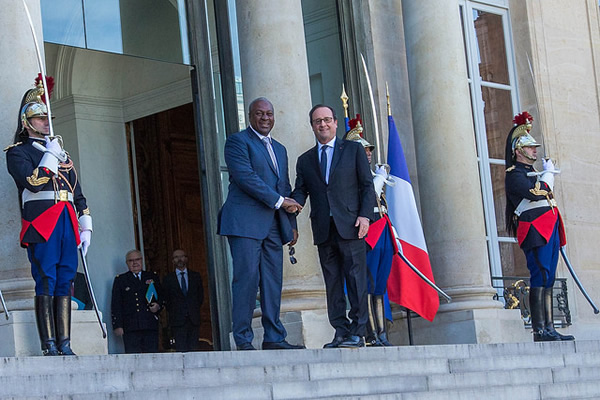
Somalia faces famine on a scale last seen half a century ago, the United Nations has said as it set a new target of more than $2bn in funding needs.
“Things are bad and every sign indicates that they are going to get worse,” James Elder, United Nations Children’s Fund (UNICEF) spokesman, told reporters on Tuesday via video link from the drought-stricken Horn of Africa nation.
“Without greater action and investment, we are facing the death of children on a scale not seen in half a century,” Elder said.
In August, 44,000 children were admitted to health establishments with severe acute malnutrition, a condition that means a child is up to 11 times likelier to die from diarrhoea and measles than a well-fed counterpart, Elder said.
“That is a child per minute,” said Elder. “A child whose mother has walked days to get her child to help. A child whose body is fighting to survive. A child whose life hangs in the balance.”
Somalia has suffered four successive failures in its rainy seasons since the end of 2020, and there are fears that a fifth failure is now under way.
An estimated 7.8 million people – roughly half of the population – are now affected by drought, of whom 213,000 are at high risk of famine, according to the UN.
“When people speak of the crisis facing Somalia today, it has become common for frightful comparisons to be made with the famine of 2011, when 260,000 people died,” Elder added.
“However, everything I am hearing on the ground – from nutritionists to pastoralists – is that things today actually look worse. In 2011, after three failed rains, the affected population was half of what it is now, and the overall conditions – rain and harvest – were on the mend.
“Today, it’s been four failed rains, the forecast for the fifth rains is looking pretty grim, and the affected population is twice the size of 2011.”
A spokesman for the UN’s Office for the Coordination of Humanitarian Affairs (OCHA) in Geneva said estimates of the needs for fighting hunger in Somalia had soared since the start of the year, from $1.46bn to $2.26bn, of which 80 percent was required to fight the impact of drought.
The revised plan would reach 7.6 million people, compared with the earlier target of 5.5 million, Jens Laerke, OCHA spokesman, said.
“Famine is projected in Baidoa and Burhakaba districts in Bay Region between this month and December if humanitarian assistance does not reach people most in need,” he warned.
Before the revision, contributions accounted for 72 percent of financial needs, a funding figure that is relatively high for humanitarian crises. But the new estimate means that needs are only 45 percent met, Laerke said.
Source: AFP























